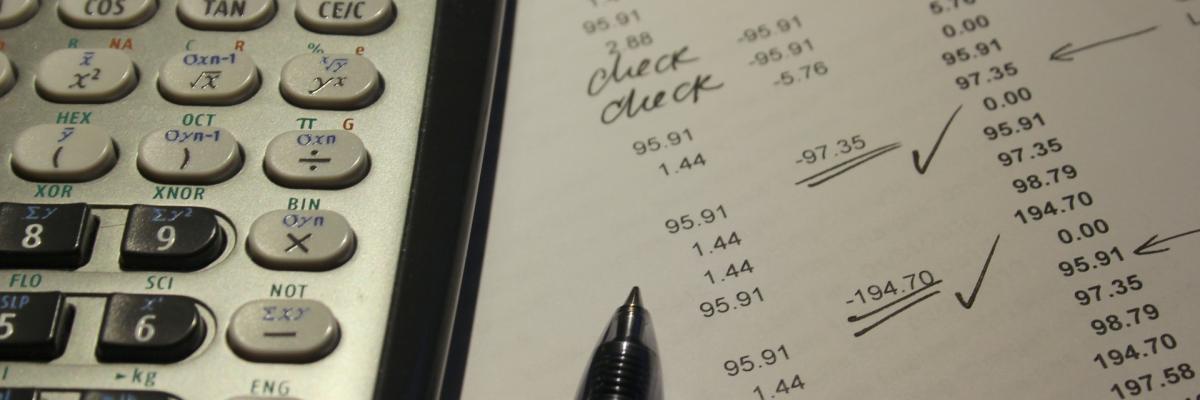Making a cashflow statement
It's easy to picture your customers coming in at predictable times and buying your products or services. However, it takes careful planning to predict market conditions that will affect your sales. For example, if you sell flowers, they might be less popular in the winter. You might spend more cash next month because you're changing your logo.
These things can be organized in a cash flow statement. It's a spreadsheet where you can chart the cash flowing in and out of your business each month. If more money is flowing into your business than out of it each month, that means you are cash flow positive. Your goal is to stay there.
Not sure where to start? We'll break it down here. Go to the Futurpreneur 'Resources' page and click "Download Tool" to download their cashflow template.
Startup costs
These are the costs associated with everything you need to do to start selling. Break down costs like your lease, website and logo.
Fill in your funding sources. That might be your contribution, Futurpreneur's loan, and other investors like friends and family. Compare your costs with the funding sources and use the Balance Check column to see the difference. Under "Past Purchases," fill in any money you've already spent and total it.
Cash Inflow
Next, fill in your first 12 months of sales projections for Cash Inflow. This is the cash you make from sales. Consider how seasonality and marketing will affect them. Seasonality means that some products and services are less popular depending on the time of year. As for marketing, how will you convince customers to choose your business? Which methods might be more effective and drive up sales?
The template adds up your expenses and sales for that year in a separate column.
Cash Outflow
Cash Outflow is the money coming out of your business, like the cost of investors, your salary, property taxes and legal fees. Total up these expenses. Adjust according to the conditions you expect. Will you be hiring new people next month? How much will they be paid? Maybe you won't take a salary until month six, so that won't be an expense. When you're finished, you'll have a yearly total for your expenses and income.
Coordinate your cash flow statement with your business plan. Projected numbers will not always match real world results. Make a statement for the worst-case scenario, the realistic one, and the best-case scenario. This will give you a broader perspective when you are asked by an investor about the worse-case scenario.
Futurpreneur has a video series on using its cash flow template. To watch the Futurpreneur video tutorials, click on the link attached here.
